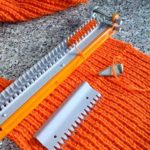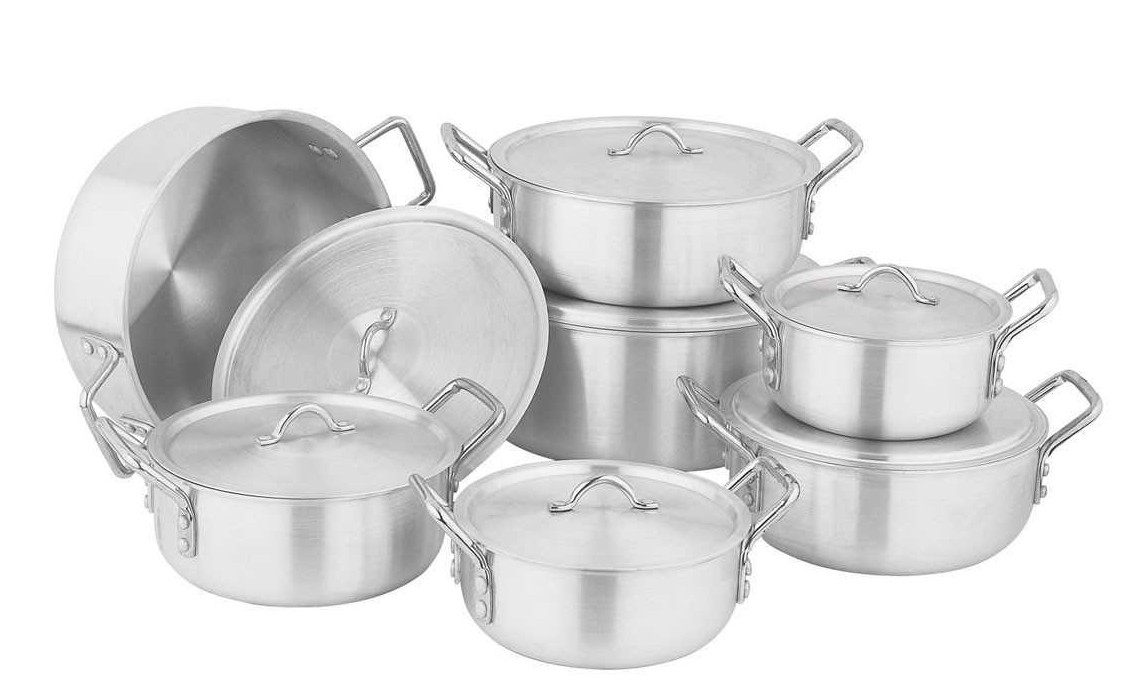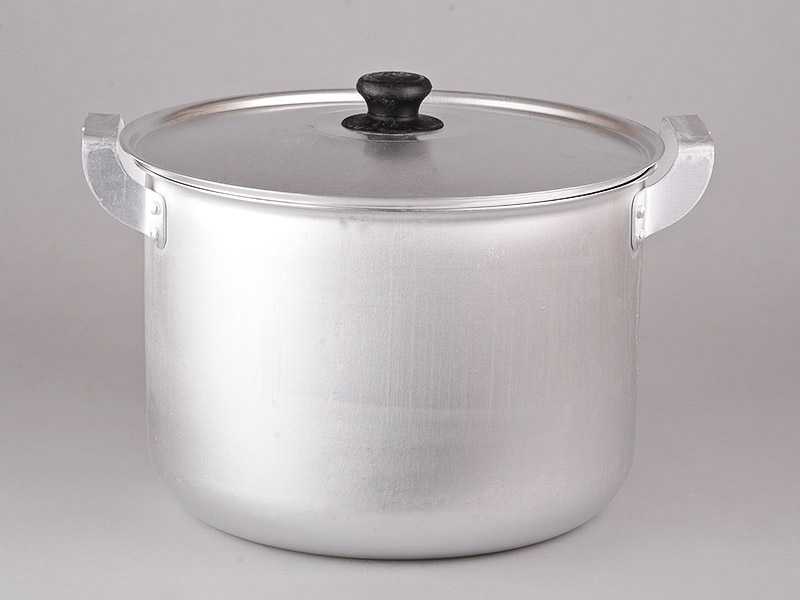Why does the bottom of the pan bend and what to do about it?
Many housewives have noticed strange behavior of their pots and pans on a flat surface. They stand unsteadily, swaying slightly. The reason can be easily discovered by turning them over: the bottom of such pans is curved outward. Moreover, such a nuisance can happen both with completely new dishes and with those that have been used in the kitchen for quite a long time. Let's figure out what is the reason for this defect.

The content of the article
Why does the bottom bow out?
The main problem with pans with curved bottoms is not that they become unstable. No matter how great the deformation, the dishes will not turn over on their side.
The main trouble is that its surface does not fit tightly to the plane of the electric stove burner.
Important! The contact area between them is reduced significantly, resulting in increased cooking time and energy consumption.
This defect is relevant specifically for electric stoves. When cooking on a gas stove, a frying pan with a curved bottom heats up just as quickly as one with a flat bottom.
What type of dishes are defective?
Pots and pans with thin bottoms are most susceptible to this defect.
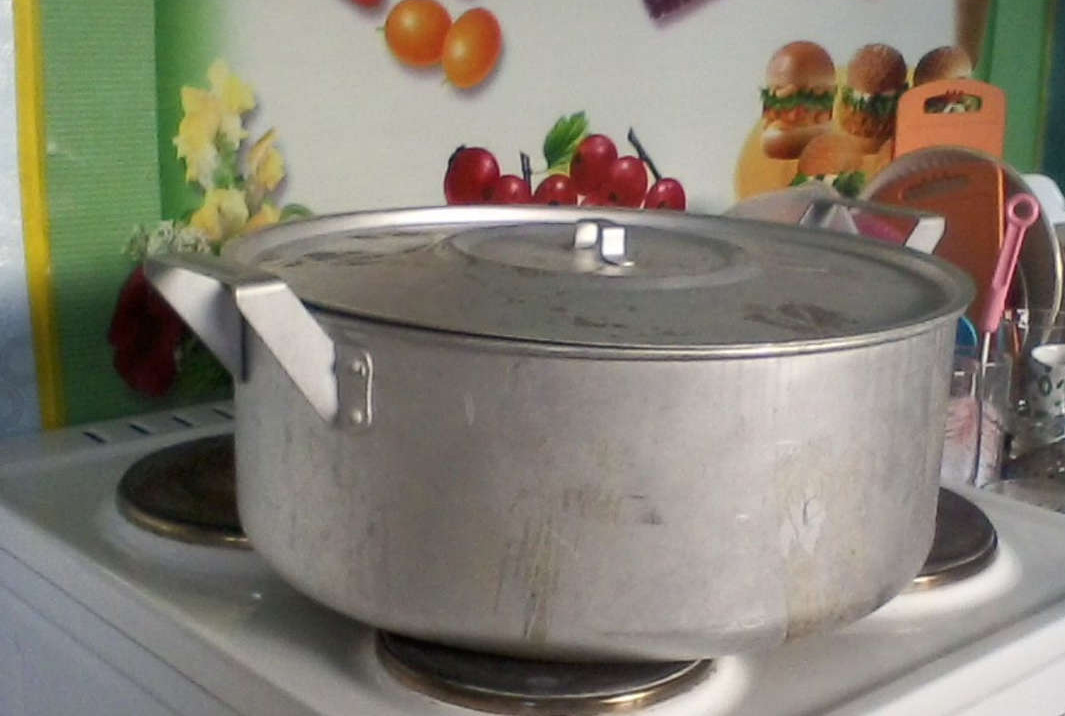
Important! The smaller the metal layer, the faster it heats up, which leads to sudden expansion and deformation.
Such dishes most often suffer from convexity of the bottom. Moreover, this symptom can manifest itself from the very first minutes of using newly purchased dishes.
It turns out that the panacea for curvature is the use of utensils with a thick bottom? This is only partly true: “thick-bottomed” dishes are not immune from such a defect. True, such troubles happen to it much less often, and most often after long-term use.
Another risk factor that leads to bending of the bottom of the pan is the use of an induction cooker or glass-ceramic hob in the kitchen. Let's take a closer look at why the bottom is deformed.
Reasons for changing the shape of the bottom
There are several reasons why the bottom begins to bend outward.
Bottom thickness
The most important of them is that the layer of metal on the bottom is too thin. Economy-class cookware, which is inexpensive but also designed for a short service life, suffers from this disadvantage.
Reference! When heated, the thin layer of metal adjacent to the stove quickly expands, but the walls remain cold.
As a result, the expanded metal of the bottom, compressed on the sides by the cold walls, has only one way left - to bend outward. The thick bottom is heated more evenly, simultaneously with the walls, and it is deformed much less often.
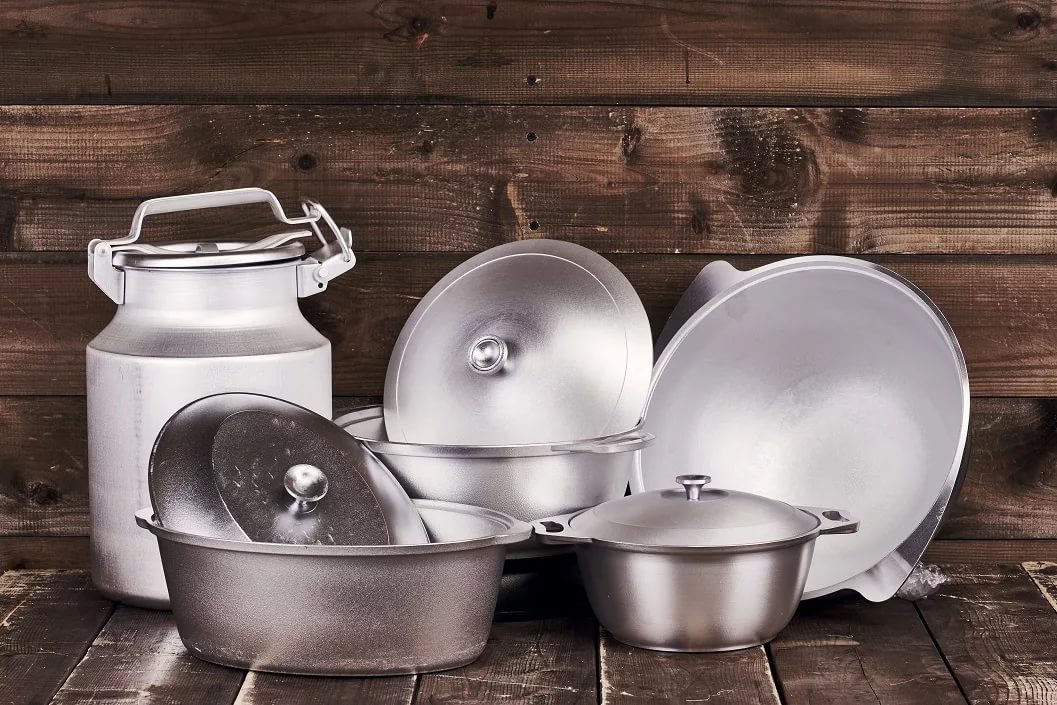
Use of aluminum
If everything is clear with cheap thin-walled cookware, then why are expensive pots and pans with bottoms 0.5-1 cm thick susceptible to a similar ailment, albeit in a lesser form?
The reason lies in the so-called “metal fatigue,” when over time it loses its original physical properties. The bottom of such pans is not solid, but has a complex design. Outside and inside it is covered with two thin layers of stainless steel, between which there is a thick aluminum pancake.
Important! Using an aluminum insert allows you to reduce weight and make the pan cheaper to manufacture.
But aluminum, when in contact with food that has high acidity (when preparing borscht), forms chemical compounds harmful to the human body. Therefore, the aluminum insert is encased on both sides in a stainless steel shell.
With prolonged use, after numerous heating and cooling cycles, the thick bottom simply delaminates. Thin stainless steel extends from the thick inner aluminum pancake. As a result, we get an outer layer of thin metal, which quickly expands and deforms when heated.
Sudden change in temperature
In addition to sudden heating, the cause of curvature of the bottom of the pan is its sudden cooling. For example, the housewife put empty dishes on the switched on electric stove and got distracted for a while. The pan has time to warm up to a significant temperature, after which cold water is poured into it. The result is sudden cooling, accompanied by deformation.
Attempts to fix
Reverse arching
Many try to correct the situation by simply bending the bottom in the opposite direction. However, this method cannot be called rational - instead of convexity, it turns out to be “convex.”
The bottom falls inward rather than leveling out.As a result, the area of contact between the surface of the pan and the electric stove burner does not increase, and sometimes decreases even more. Over time, everything returns to its place. When heated, the internal bend sharply turns outward, which is accompanied by splashing of the contents of the pan.
Important! It is also impossible to correct the bend in a thick bottom consisting of several layers of metal. It is definitely not possible to connect the separated layers in a new way at home.

Grinding
The convex cast bottom can be brought back to normal by machining on a flat grinder. But this does not at all guarantee that the bottom, ground to an even state, will not bend outward again over time. The grinding procedure will have to be repeated regularly until the bottom is completely thinned. And the thinner it becomes, the more susceptible it is to temperature deformation. Vicious circle!
Hammer
Attempts to solve the issue using a radical method using a flat surface and a hammer also do not guarantee success. When subjected to sharp impacts, the metal, as strength-maturation specialists say, “relaxes,” that is, it stretches. After such a procedure, the leveled surface will inevitably bend again, and to an even greater extent.
Attention! So that the straightened bottom of the cookware holds its function longer.
form, it is recommended to simultaneously unforge (stretch) its walls.
But this procedure is only suitable for thick-walled cast pans.
How to avoid deformation of the pan
Preventing any malfunction is much easier than trying to fix it.
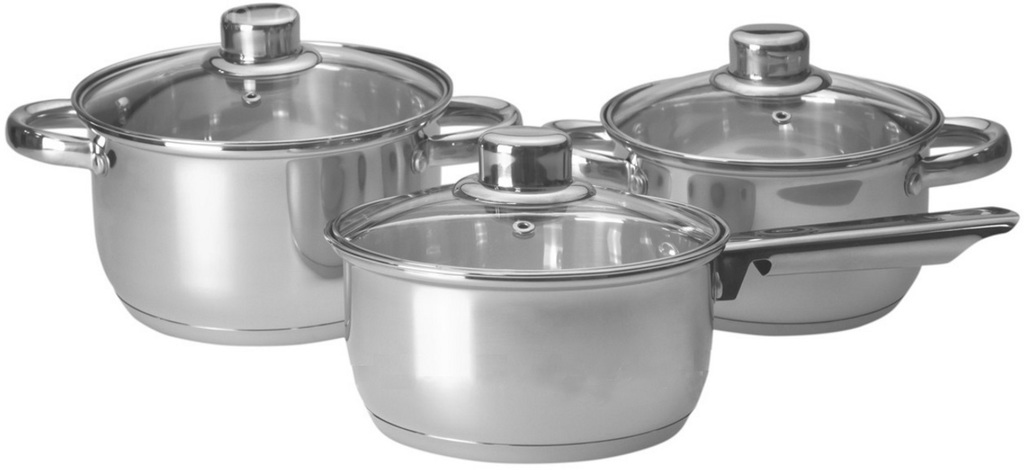
- When purchasing, it is better to give preference to a higher quality product, albeit more expensive.
- If you have an induction or glass-ceramic stove in your kitchen, then you can cook on them only in dishes with a thick bottom. Heating of such electric stoves occurs very quickly, and the chance of deformation of dishes made of thin metal increases significantly.
- Avoid sudden temperature changes that deform the metal. There is no need to place a hot frying pan under running cold water or place a cold, empty pan on a hot stove.
With the right choice and careful handling, the dishes will last quite a long time. But we should not forget that any thing has its own expiration date. Sometimes it is easier to throw away an old saucepan with a crooked bottom and buy another one than to try to correct the defect.

